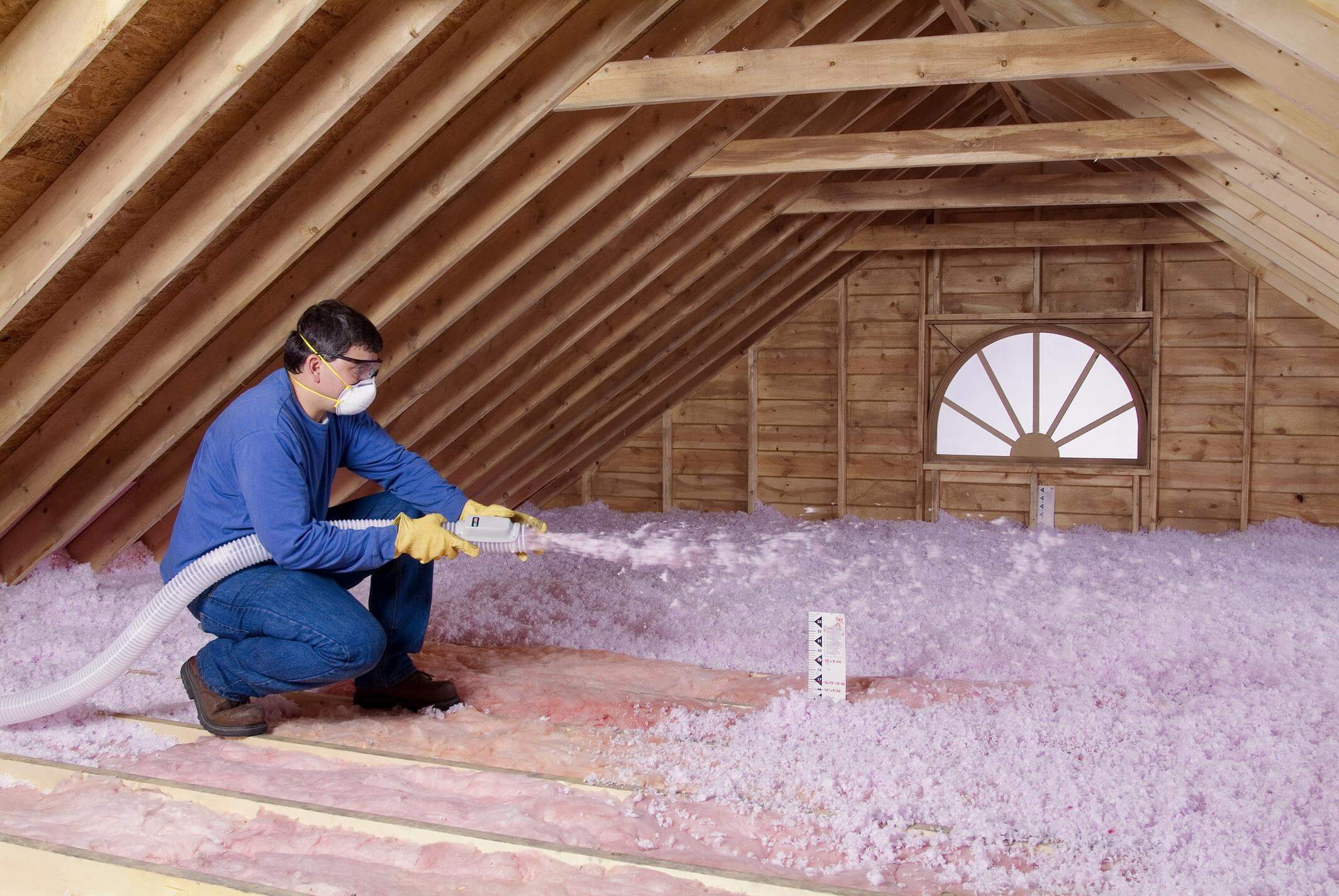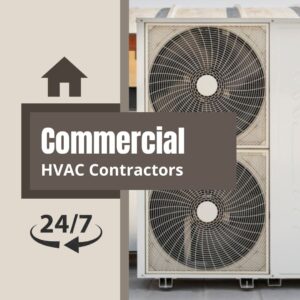Introduction: When it comes to improving the energy efficiency of your home, insulation often takes a back seat to more visible upgrades like energy-efficient appliances or solar panels. However, insulation is the unsung hero of energy efficiency. In this post, we’ll explore the crucial role insulation plays in regulating indoor temperatures and reducing energy consumption.
Types of Insulation:
Fiberglass Insulation: Fiberglass insulation is a common choice for homeowners. It consists of fine glass fibers and is known for its effectiveness in regulating indoor temperatures. This type of insulation is widely used because it is affordable and readily available.
Spray Foam Insulation: Spray foam insulation is a high-performance insulation material that creates an airtight seal. It is known for its exceptional ability to prevent heat transfer. This type of insulation is ideal for sealing gaps and cracks in your home’s structure.
Cellulose Insulation: Cellulose insulation is an eco-friendly option made from recycled paper products treated with fire-resistant chemicals. It is known for its effectiveness in retaining heat and providing soundproofing qualities.
Energy Savings with Proper Insulation: Proper insulation in your home can lead to significant energy savings. Insulation acts as a barrier against heat transfer, keeping your home warm in the winter and cool in the summer. This means reduced heating and cooling costs throughout the year.
Conclusion: Insulation is indeed the unsung hero of energy efficiency. It plays a crucial role in maintaining comfortable indoor temperatures and reducing energy consumption. Whether you choose fiberglass, spray foam, or cellulose insulation, prioritizing insulation upgrades can lead to substantial long-term savings while making your home more comfortable year-round.





